Sea and Sea DX8000G Review
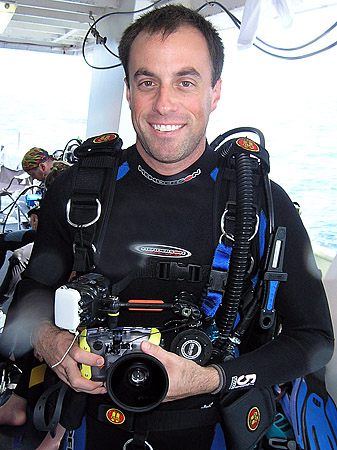
The Sea and Sea DX8000G is an 8 megapixel compact underwater photography system made up of the camera, the compact polycarbonate case, a bayonet mount .6x wideangle lens, and a lens caddy made to mount onto the strobe arm. The camera uses the same 8 megapixel sensor used in the larger prosumer cameras like the Sony 828 and the Olympus 8080, however this unit is considerably smaller. The camera is based on the Ricoh Caplio GX8 – to learn more check out this in-depth camera review at LetsGoDigital.
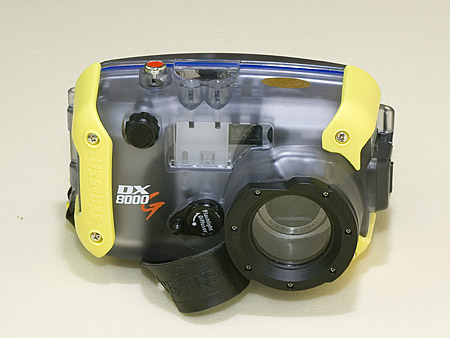
Handling
Since Sea and Sea has designed this housing as part of a larger system, I was happy to get a chance to review the whole package at once, including the above, as well as a tray and arm, and a YS25 Auto strobe and fiber optic kit. That sounds like a lot of gear, but it was surprisingly easy to assemble and forms a very small package. I took it on one dive where I carried my Seacam housing, and left the Sea and Sea clipped off to my BC using an extendible lanyard. When good subjects presented themselves, I put down my big rig and used the Sea and Sea. Don’t tell the folks who loaned me the setup, but I even jumped off the boat (a 5’ drop off the Spree) with the set-up clipped to my BC – not a problem for this tough little unit! Underwater handling is excellent: the whole system weighs just ounces underwater and I didn’t notice it clipped to my chest until I was ready to use it.
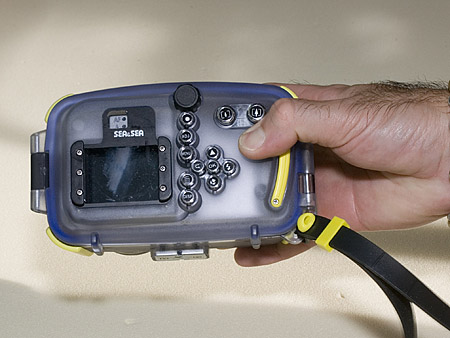
Accessories
With a bayonet mount wideangle lens, you don’t have to worry about dropping it while trying to mount it to the camera. Just remove the lens from the caddy, press, twist, and the lens is ready to use. The strobe arm is short, so it folds nicely around the housing when not in use, but with the strobe extended out to the left and the diffuser mounted, I was able to make backscatter free photos in murky water. The strobe synchronizes with the camera’s internal flash through a fiber optic cable and provides just the right amount of fill in light to bring out good colors underwater.

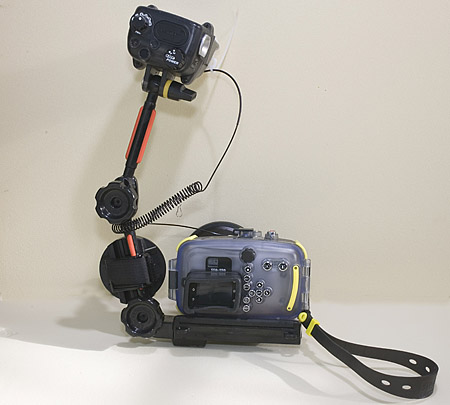
Image Quality and Usability
Divers skin tones look natural and colors look accurate. Image quality was on the same level as other 8 megapixel cameras, with acceptable noise below ISO 100 (the camera also does ISO64). The camera has a number of preset auto settings, as well as full manual control of aperture and shutterspeed which means this camera is great for beginners, but flexible enough to meet the creative needs of more experienced photographers. With the wideangle adapter removed, the camera is great for close-up work and can focus down until the subject is almost touching the port. Because of this unit’s almost imperceptible shutter delay, I was able to capture fish portraits with this compact camera – something that I have been unable to do with other models. With a fast SD card, this is easily the fastest consumer camera I have ever used.
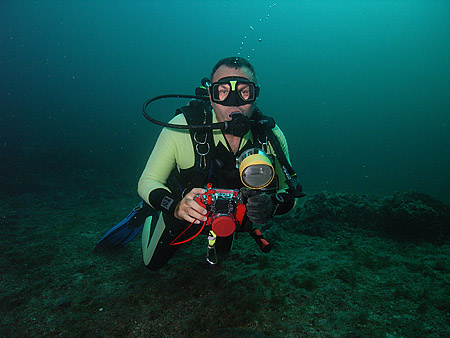
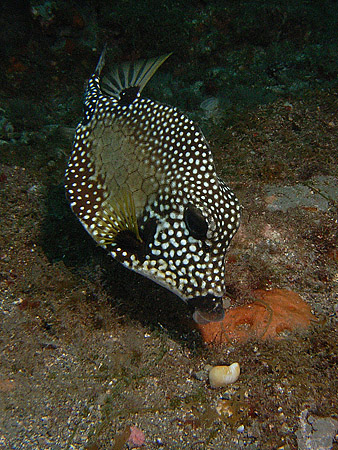

Conclusion
The DX8000G was a treat to use after shooting a DSLR for so long – it’s a responsive small underwater camera system that makes big images.